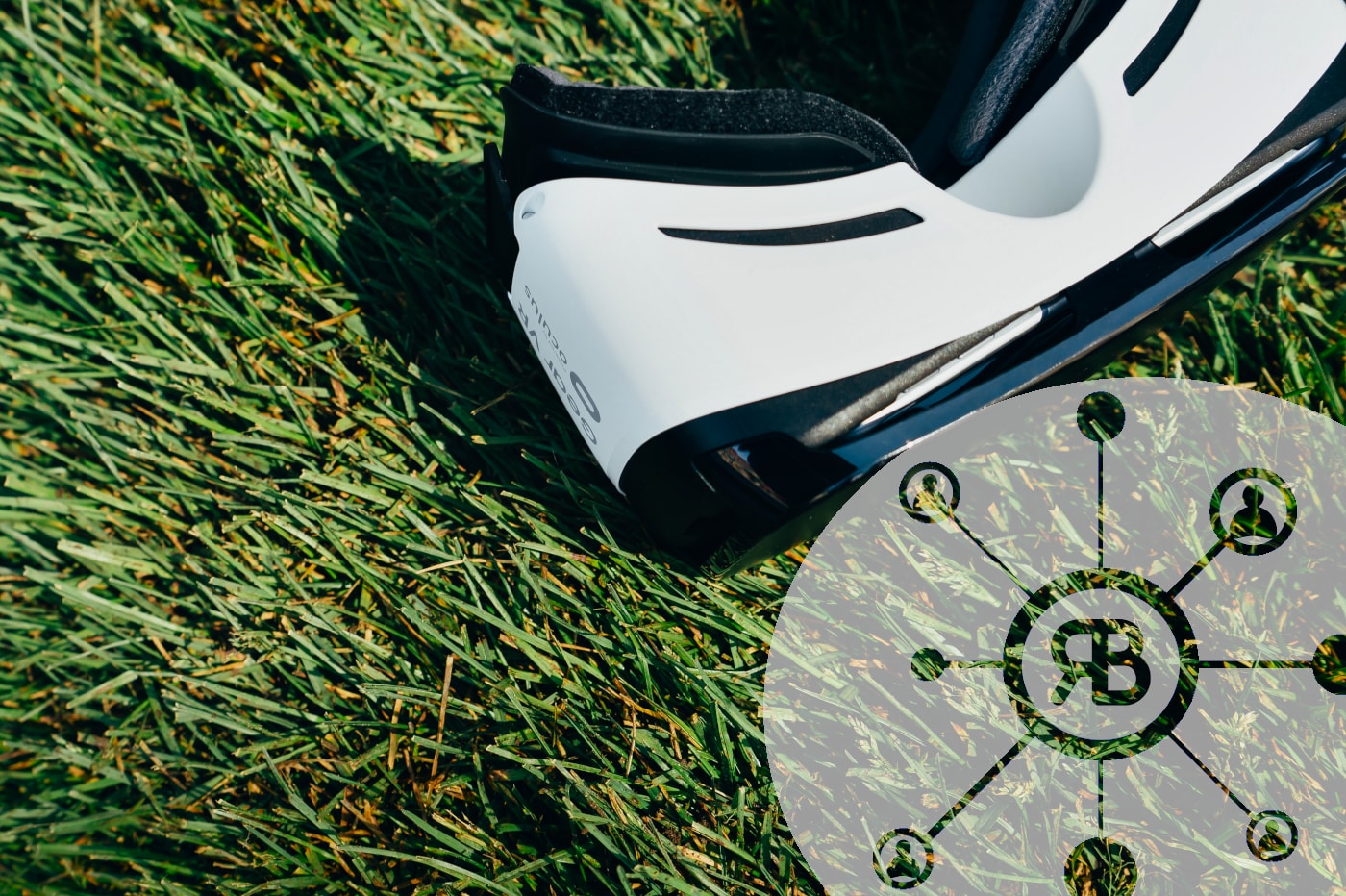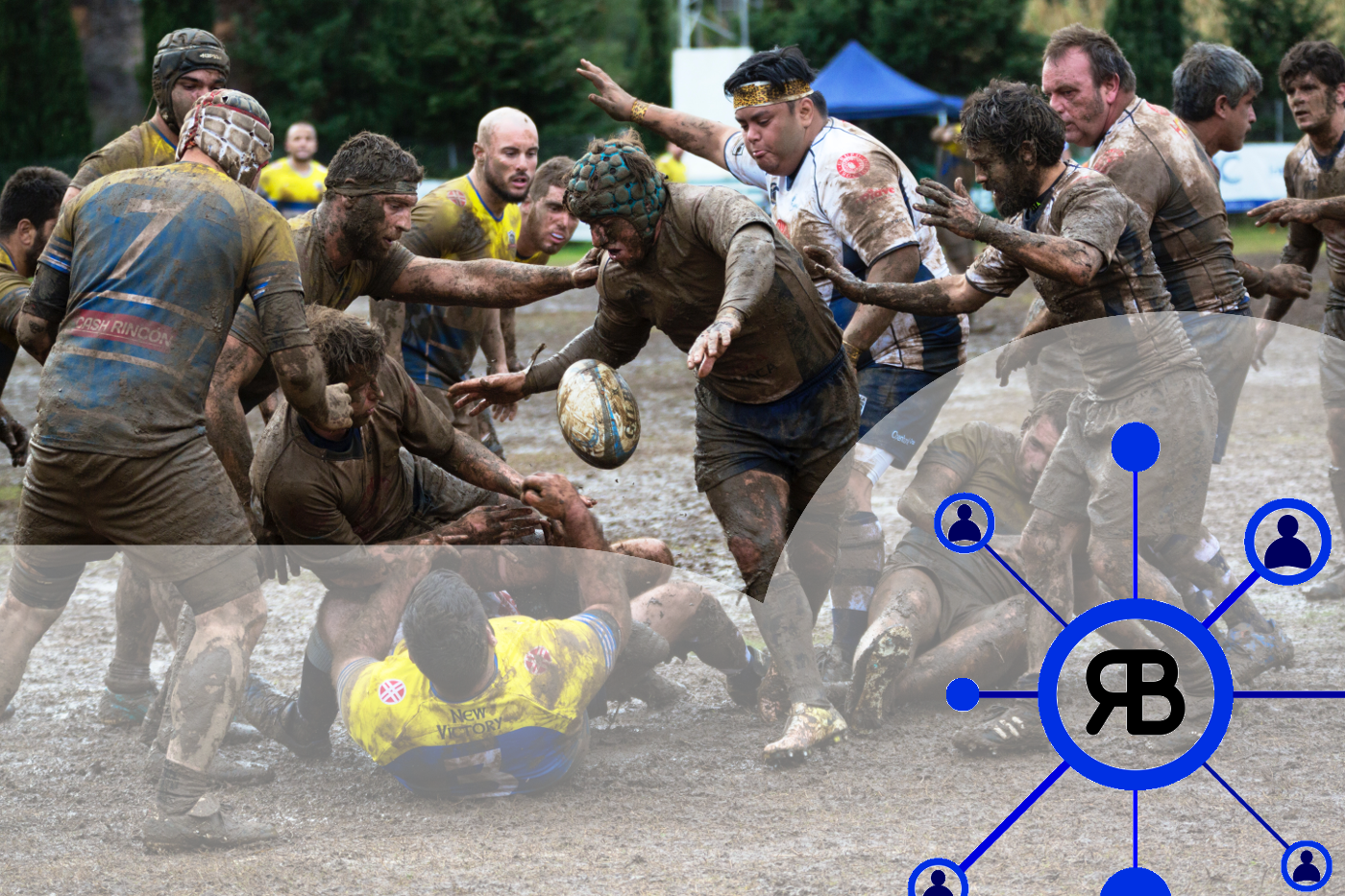With virtual reality (VR), your brand can now create engaging experiences that consumers can truly immerse themselves in. Virtual reality is a type of immersive media that creates an interactive environment by combining graphics, sounds, and sometimes even smells, often set in a fantastical setting. The primary advantage of using VR for marketing activities is the sense of presence it creates. This feeling of presence is the impression of being there, present for the prospect, the customer.
Your customers feel like they are part of the experience, rather than just observing it from the outside. Companies are beginning to see how professional marketing through virtual reality videos, as well as participating in the metaverse, can elevate their brand and sell more through different channels. Carrefour is one of the leaders in this sector, utilizing the metaverse for the promotion of its business. In this article, we will explore why you should consider using this marketing strategy for your business – and how you can do it without breaking the bank!
What is virtual reality marketing?
Virtual reality marketing allows for the creation of immersive and interactive experiences for end users. This enhances the brand marketing experience, aiming to generate engagement with the brand, something only possible if consumers experience the brand rather than just browsing your website or watching an advertisement. For VR to be a successful marketing tool, it must be immersive, interactive, and memorable. The consumer should feel an integral part of the experience. VR marketing is perfect for brands looking to create memorable and engaging marketing experiences.
VR marketing has quickly become one of the most popular ways to market a product or service. This can be attributed to the immersive experience and the ability to connect with consumers in a new way.
Why is it so important to use VR marketing?
VR technology is still relatively new compared to other digital marketing tools, so there is not yet a lot of data on its effectiveness. However, some studies have examined the effect of VR on brand engagement, showing promising results. VR viewing can lead to a 26% increase in search engine usage compared to normal video viewing. VR is experiencing real growth, especially in luxury, to increase retention.
VR technology also allows you to create interactive content that can boost sales and customer loyalty. Virtual products and services enable you to place customers at the heart of your brand, giving them the feeling of being part of the experience. This can be particularly useful for e-commerce brands, as it can help boost both sales and customer engagement.
3 benefits of VR marketing for brands
Here are three benefits that show a VR strategy can be good for your company:
- Allows you to create more immersive and engaging content than ever before. This can lead to increased brand engagement and sales for your business.
- Can create a sense of belonging for your customers, which can boost loyalty and sales.
- Enables better control over how your brand is presented. This can help you create more personalized content, which can boost your SEO.
Strategies to become a VR brand
VR technology is set to gain popularity, so you must ensure that your brand is well-prepared for the future. Here are some strategies you can use to boost your brand and become a VR brand:
- Use VR technology in your marketing campaigns. This can strengthen brand awareness and boost sales.
- Ensure your digital marketing strategies are well-balanced. You won’t be able to integrate VR technology if your digital marketing strategy is not well-balanced.
- Ensure your brand is consistent across all marketing channels. VR technology requires your brand to be consistent and well-presented on all channels. This will strengthen brand recall and help it remain relevant.
- Create engaging and memorable content using predictive marketing techniques. You won’t be able to create great content if it’s not engaging or memorable in ordinary media.
How can you boost your brand with VR marketing?
VR is a great way to make a lasting impression on your customers. However, it shouldn’t be the only marketing strategy you use. Instead, you should use VR as one of many marketing channels to strengthen your brand.
Here are a few ways to boost your brand with VR:
Create a VR blog
VR can be informative, inspiring and entertaining. It’s important to make sure your content is informative. Make sure your content covers topics of interest to your target audience, and that it’s clearly written. It’s easy to imagine a newspaper or documents (for financial consultancies, for example) entirely in VR, to give a totally immersive impression.
Create a podcast
VR can be used as an excellent audio platform for marketing purposes. You can use it to market your brand, explain your product or service, or have guests on your show to discuss topics related to your business. You could, for example, create these in a metaverse where the guests would be in avatar form. In the same vein, you can create lives where users can intervene in a variety of ways, via chat or in a more physical way, with more direct questions and interventions.
Design original chatbots
VR is particularly well-suited to creating chatbots that will be there to answer your visitors’ various queries. Imagine AI-controlled avatars to answer their questions. VR is the ideal place to implement this type of visitor support process.
Create content for social networks
VR is a great way to integrate your brand into your content. You can use it to create video tutorials, explain how your product or service works, or create an interactive campaign on social networks. You need to develop retention and recommendation. This way, you can engage prospects by giving a positive image of your brand.
Gamify your marketing strategy
To reach certain audiences, the idea of creating VR videogame experiences will help foster retention and referrals. Such gamification experiences will reinforce your corporate brand. In this way, VR can be particularly interesting and innovative for reaching certain niches, getting ahead of your competitors. Recently, Carrefour ran a campaign in the metaverse where they created a real gamified experience on home care.
Strategies for becoming a VR brand
VR technology is set to grow in popularity. So you need to make sure your brand is well prepared for the future. Here are some strategies you can use to boost your brand and become a VR brand:
- Use VR technology in your marketing campaigns. This can boost brand awareness and stimulate sales.
- Make sure your digital marketing strategies are well balanced. You won’t be able to integrate VR technology if your digital marketing strategy isn’t well balanced.
- Make sure your brand is consistent across all marketing channels. VR technology requires your brand to be consistent and well presented across all channels. This will reinforce brand recall and help it stay relevant.
- Create compelling, memorable content using predictive marketing techniques. You won’t be able to create great content if it isn’t engaging or memorable in mainstream media.
Conclusion
VR technology is rapidly becoming one of the most popular marketing tools. Virtual reality allows brands to create immersive content that can contribute to increasing brand awareness, boosting sales, and retaining customers. VR marketing can be effective, but it needs to be done correctly. It’s important to remember that VR experiences are interactive and immersive, and therefore, they must be well-designed. VR technology is gaining popularity, and your brand must be ready for the future. VR is an exciting opportunity, but it also comes with many potential challenges.
Our marketing agency can provide you with ideas, feedback, and advice for your VR marketing campaign. This will help strengthen your brand in the VR space.






